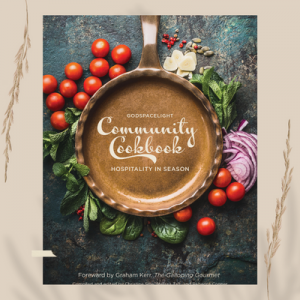So, today is Palm Sunday, the start of Holy Week. I wonder what you will be thinking of? The palm crosses, which will become the ash for next Ash Wednesday? The air of celebration, or a sense of foreboding for that is to come? Joyous processions you have seen, perhaps with excited children?
It may surprise you, but on Palm Sunday I always have four processions in mind, each of which have different things to say. The first is the procession of the Ark into Jerusalem in 2 Samuel 6. The Ark was the tangible symbol of the presence of God, and as it is brought into the city after a long absence, David worships, dancing with jubilant celebration. When he returns home though, his wife Michal, who has watched from a window, cut off from the celebration, is appalled. She was the daughter of Saul, a royal princess, so perhaps she is concerned for his dignity as king. Certainly, her life had been tragic – passed around like a pawn from person to person even though she loved David and had saved his life. This sad story reminds me that at times, in our heartbreak or our lack of understanding, it can be hard for us to join in celebratory worship. Perhaps that will be your experience today. If so, my prayer is that you will know that God understands.
The second procession brings us back to the events we celebrate today, but not yet to Jesus on a donkey. We know from historians that two parades took place that day. Passover was a huge event, and so under the oppression of Roman rule, it was always a risky time, where rebellions could be easily sparked. So on the first day of Passover Pilate paraded into Jerusalem, entering the west gate – the front gate – riding a war horse and with legions of chariots, horses, and foot soldiers, dressed for battle and armed with swords and spears. The message was clear. Don’t even think of coming up against the might of Rome. Our world is still dominated by the power of force and we will be very aware of places where conflict continues to rage this season.
It is therefore highly significant and in stark contrast that at the same time, Jesus enters Jerusalem from the other side, the east, on a donkey. Kings rode horses at war, donkeys in times of peace. In addition, Jesus, who had always travelled on foot, was quite deliberately fulfilling the prophecy of Zechariah 9:9. It is a clear statement: I am your true king, and of a very different kind. When rebuked by the Pharisees (perhaps fearful of the Roman response) for the raucous nature of what was happening, Jesus replies simply that if others are quiet, the very stones would cry out. (Luke 19:40) In an echo of the first procession, the bodily presence of God, the one who created everything, is brought to Jerusalem, on the day that the lambs were chosen for sacrifice. It is an event of profound significance.
Which brings me to the fourth procession. Just five days later, Jesus will again walk the streets of Jerusalem, this time not being carried, but staggering under the weight of a cross, looking defeated, sad and worn – so very different from the celebration such a short time before.
And yet Hebrews 12:2 tells us that Jesus ‘for the joy that was set before him he endured the cross, scorning its shame, and sat down at the right hand of the throne of God.’ What was the joy set before him? Returning to the full presence of the Father and Spirit, his task complete? No doubt, but I think there was more. I think we were the joy set before him. The prospect of bringing us wayward children home. You, and I, kept hm walking that day as the crowds jeered and wept.
So this Palm Sunday, perhaps take a moment to remember all four of those processions, but most of all, breathe a quiet thank you.
The Godspacelight Community Cookbook is unquestionably a community cookbook with recipes created by readers, authors, and friends of Godspacelight. Our community spans the world, so we asked for recipes that reveal the different cultures and traditions we come from. Contributors from the U.S., Canada, Australia, the U.K., Norway, Malta and South Africa provided not only recipes but also lots of fun stories and anecdotes to go with their recipes. These stories are inspiring to read as they give us insights both into the contributors’ lives and their cultures. And the recipes themselves are delicious to make.


